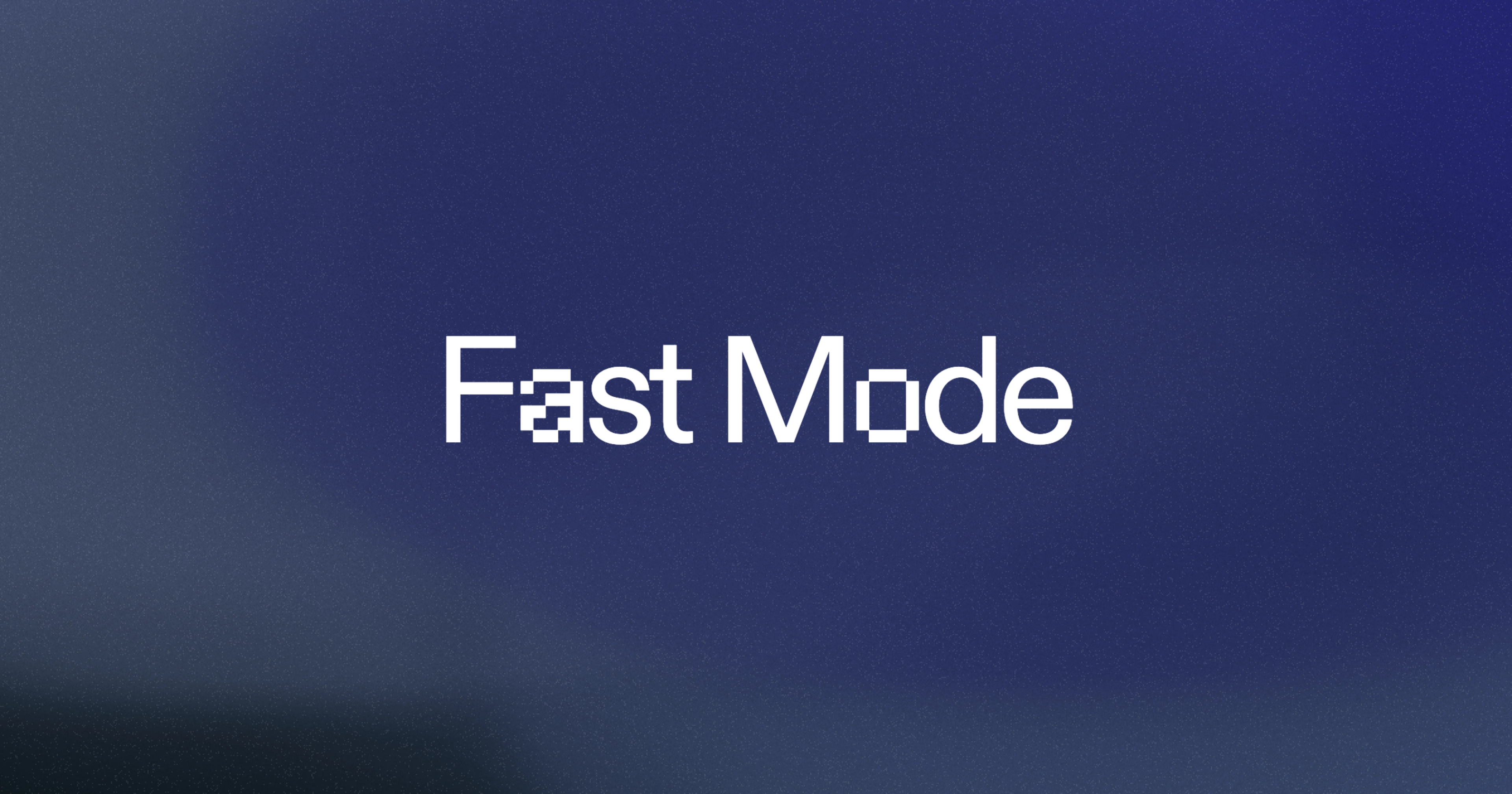Despite the negative press covfefe around React.js when it first came out, I instantly fell in love with it. The thing I liked the most about it was the component model. Until then the JavaScript community has been trying for years to come up with the correct abstraction for creating reusable modules, but it was always leaky. Because React components are essentially functions, and because functions are the undisputed champion of reusable code, it worked out extraordinarily well. You don't need dependency-injection, or any other modularity hacks, you simply pass props! Also, the virtual dom made it so that components are, by default, protected from other components prying into their internals.
That's just one aspect of what made me love React and it was a significant factor in me applying to work for Facebook in 2013. After I got in, I worked tirelessly to join the team behind React.js, and in early 2014 I was able to do so, and my first task was to build the React Native packager and CLI.
When we launched React Native in 2015, you could just run a single command, and you'd have the entire development environment setup. Developers were so thrilled with this, that some tweeted out the command. I learned that when you make things easier, you get a lot more people through the door.
So when Haya and I started Repl.it we wanted to go further than zero-config quick-starts and build a platform where you can code in any language, any framework, from anywhere. We initialy focused on education because we thought that teachers and students are underserved by the tech community. However, now that we're in 15% of US schools and growing worldwide, our technology has tranceded the education use-case, and we have an growing community of developers using Repl.it to build and deploy apps.
Much of our work is supported by innovations from the React community (our apps are built with React, our IDE plugin system is inspired by Redux, etc.) so now we want to leverage our platform to give back to the community. We want to build easy and accessible tools for you to use. You can use it for developing apps, to debug libraries, or for prototyping. Furthermore, we want help spread the React technology by making it easier for outsiders and underserved communities to learn and participate in the larger developer ecosystem.
Today we're excited to announce that you can try, build, and deploy fullstack React apps starting with a few of our favorite React frameworks. Before I go on, just want to note that this is a public beta release (it literary came out today) and we'll be iterating heavily on it for the next couple of months and we rely on your feedback to make it better.
Next.js
Since this blog is a Next app it'd be a good place to start. Next.js is a lightweight, zero-config, universally rendered React framework, complete with Babel and hot-module-reloading. The great thing about Next is that it was created to be as easy as PHP to start with. However, it's also elegant and, crucially, can scale to any level of complexity (e.g. an IDE).
Next.js is now a first-class framework on Repl.it!
You can try it by going to repl.it/languages/nextjs. You'll be assigned a container and by hitting run you'll start the Next.js server. The environment will detect that and open a webview, then edit your code and observe your changes in real-time (live deployed on your repl.it subdomain).
Here's an embed of a simple Next app. Editing the embed will fork it. Make sure to run the server afterwrads to see it in action.
A few other features worth highlighting:
- Nothing hacky or weird about our Next.js (or any other) environment, everything runs in a container, and packages and scripts are managed by yarn. So the run button is merely a shortcut for
yarn dev. - You can add npm dependencies from the side-pane or by simple editing package.json and restarting the server.
- Everything is live-deployed and available forever. Next time you hit your site the container will wake-up to serve you. (However, there's currently no distinction in Repl.it between dev and production so we recommend using a service like Now.sh or Netlify for mission-critical software)
- There are a few other tools in the environment to explore like code-formatting, upload/download, but otherwise, it's lightweight and straightforward and we intend to keep it that way.
GatsbyJS
GatsbyJS is static site generator for React.js. Like Next.js, it's also complete with all the tooling. However, one of the unique things about it that makes it interesting and fun is its first-class support for GraphQL (an expressive query language). Everything in Gatsby, from config to the filesystem, to external APIs can be queried via GraphQL -- it's compelling!
Here's an embed of the starter Gatsby template. But we're working with the GatsbyJS team for deeper integration so there's more to look forward to.
Create React App
Create React App is medicine for chronic JavaScript fatigue. It's a complete client-side React starter boilerplate and cli that puts together the latest and greatest tooling from the JS ecosystem. It even ships with a service worker implementation so that users fall into the pit of performance success without thinking much about it.
Here's an embed:
Stay tuned for big updates
This was only one the first of many big announcements coming in the next few days to weeks... Oh, wait, I almost forgot, we do have one more thing for you.
One more thing
One of the more important things about the React community is the pace of innovation. And one of the more exciting developments in recent history is ReasonML. Reason is doing to ML (functional type-safe languages) what React did to web development and React Native to mobile development -- lowers the barrier to entry and makes it a joy to work with.
Simply, Reason is ML chocolate meets universal runtime JavaScript peanut butter. It's on the rise, and there's already a vibrant community around it.
Since this post is primarily about React, we're excited to announce our ReasonReact environment (we have a pure Reason repl in the works). Check it out:
Concluding (for real now)
We hope that through our technology, and our community, we're contributing something unique to the online React repl/IDE ecosystem. Though, we look forward to exploring this with existing awesome projects like our friends at Codesandbox, Stackblitz, Rekit, and many more.
We've built a system that allows you to add new frameworks and languages with minimal effort so if you want us to feature your language or framework, please get in touch.
As I was saying, we have a lot of exciting upcoming releases and announcements this week and the next. Things from advanced IDE features to performance updates, deployment and integration options, and to infrastructure products that, if you liked this post, I'm sure you'd want to hear about. If you haven't yet, sign up for a Repl.it account, and follow @replit or me on twitter to make sure you don't miss the announcements.
Finally, we're a tiny team, but have a big impact. If you're interested in working with us, we're hiring a devtools-focused frontend developer and an infrastructure engineer. Join us on a mission to bring powerful programming tools to everyone in the world.




